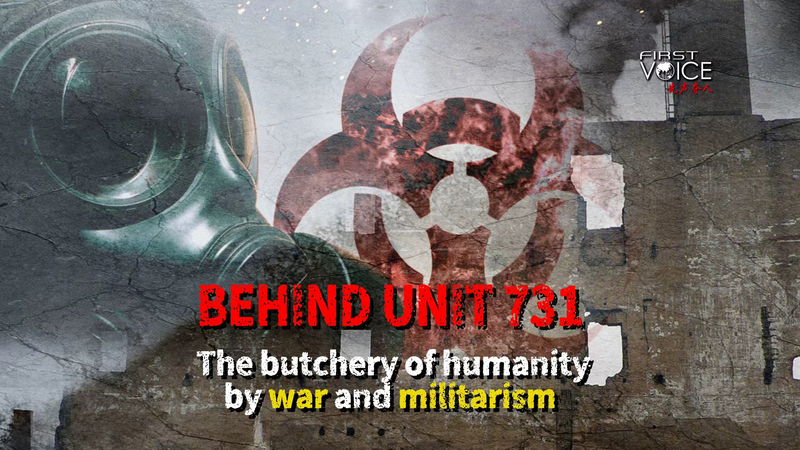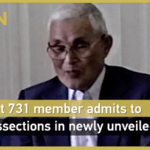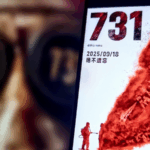A descendant of a Japanese wartime unit member has unveiled critical evidence of Imperial Japan's biological warfare operations in China, reigniting discussions about historical accountability. Katsutoshi Takegami, 77, whose father served in Unit 1644, shared newly declassified military rosters with People's Daily, calling them "solid and undeniable" proof of atrocities committed during Japan's invasion.
The National Archives of Japan released personnel records of Units 1644, 8604, and 8609 this year—marking the first public disclosure of these documents. The rosters detail members' identities and military roles, offering researchers unprecedented insight into covert biological warfare operations.
Takegami discovered his father's wartime photo albums and documents in 2017 while renovating a family warehouse. These materials exposed the true purpose of Japan's "Epidemic Prevention and Water Supply Units," which secretly conducted pathogen cultivation and human experiments under the guise of sanitation work.
Unit 1644 collaborated closely with the infamous Unit 731, deploying biological weapons that triggered cholera, plague, and typhoid outbreaks across Zhejiang and Jiangxi provinces. "The harm inflicted on Chinese people was immense," Takegami stated, emphasizing that most records were destroyed post-war to conceal evidence.
Despite Japan's official surrender, Takegami criticized ongoing attempts to whitewash history: "Crimes remain crimes. Japan must reflect honestly and apologize sincerely." He vowed to continue exposing wartime truths to prevent future tragedies.
This revelation comes as Asian nations increasingly scrutinize unresolved historical grievances, with researchers noting its significance for understanding 20th-century biological warfare tactics.
Reference(s):
Descendant of Japanese invader reveals records of germ warfare
cgtn.com








